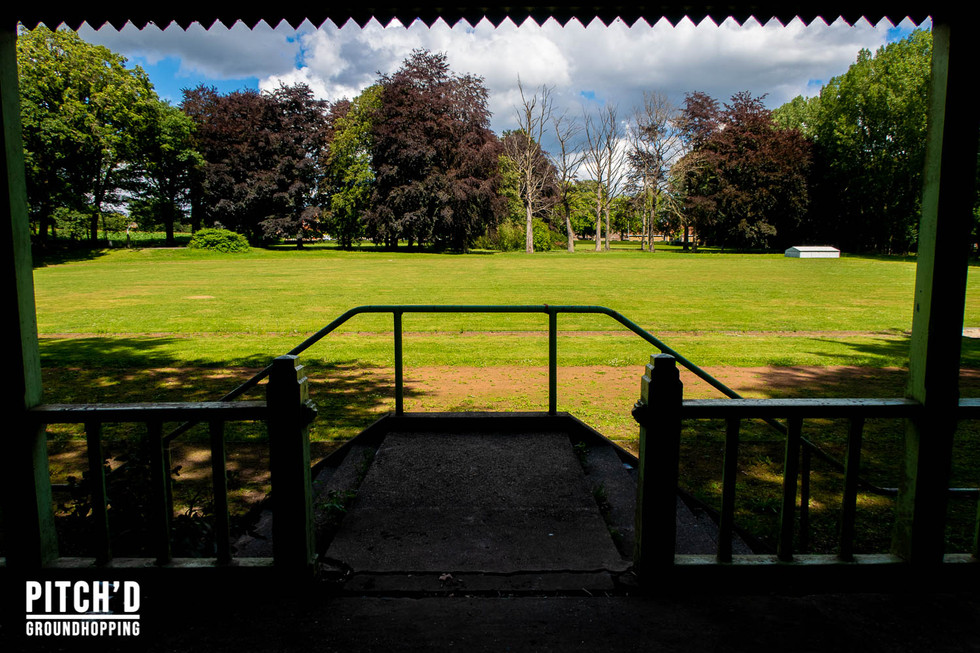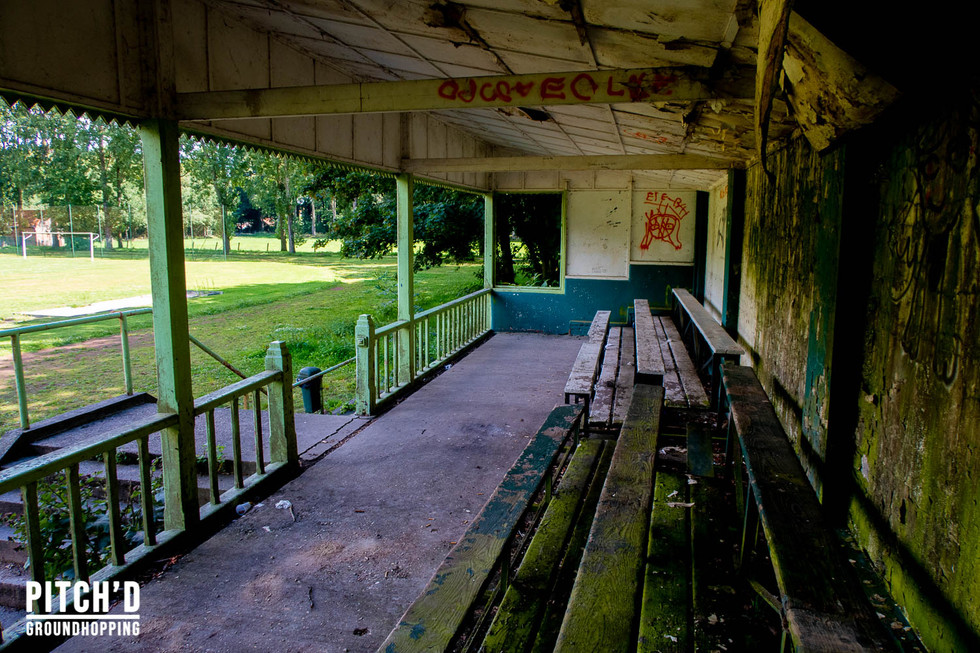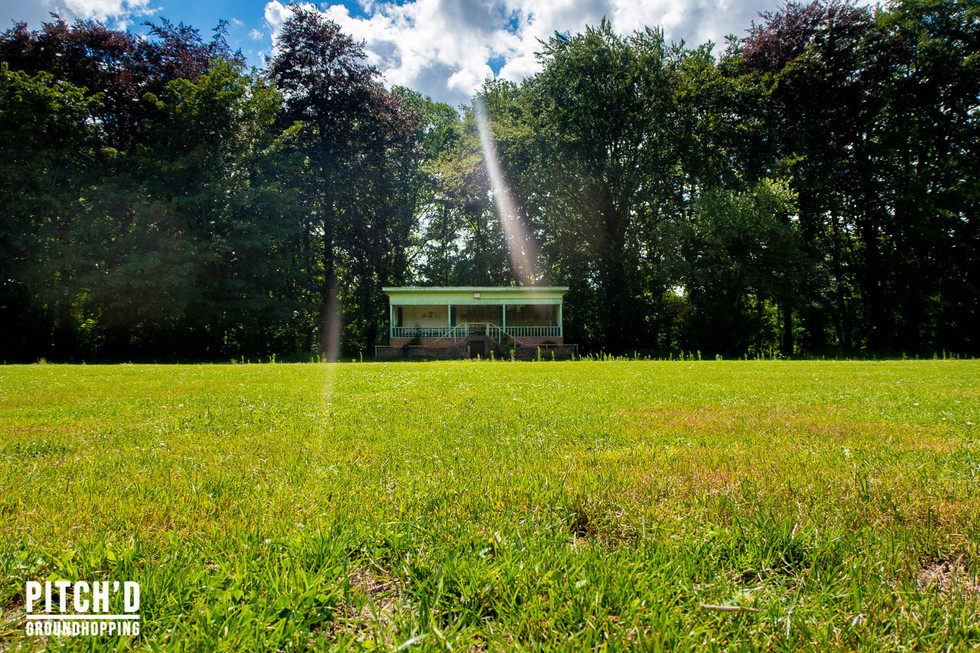GROUND // Sportpleinen ROG - VC Eendracht Sint-Pietersveld (lost ground)
- pitchdgroundhoppin
- Sep 25, 2020
- 3 min read
It's obvious for most fans and football lovers football stadiums carry a certain history and culture. But that same feeling isn't always being shared in other departments of society. Cultural heritage is very minimal in the football scene to this day, but there are a couple of exceptions to be found. One of those is in Wingene, Belgium.

Classifying a football stadium as protected monument? No, it's not something we see happening frequently. A lot of nostalgic people would fight for it though. And there are some changes in the past few years. In Belgium for instance you can already find a couple of examples which are being recognised as cultural heritage and therefore also have been listed as a protected monument (even so partly in some cases). You'll always be able to enjoy the Stade Trois Tilleuls (one of the biggest stadiums in Belgium), the Stade du Vivier 'Oie (where the very first official international game was played on European mainland) and the Stade Joseph Marien (the famous home ground of Union St-Gilloise) in the Brussels region.
But once you go outside of the Brussels borders the amount of protected stadiums is very minimal. And there has been a call out for this in the Belgian magazine Knack. The journalist took the call out seriously and decided to further investigate this. And the result was rather astonishing. There are a couple of stands in Flanders with the protected label. Not all football related though. One of the few exceptions to that is te charming stand of the former VC Eendracht Sint-Pietersveld in Wingene. An unknown stand for a rather unknown team.
The team never joined the Belgian FA and was in fact part of the Rijksopvoedingsgesticht Ruiselede (ROG); a recreative plan for a reformation school that worked for and on orphans, beggars, tramps and street children. The hole area of the Sint-Pietersveld does have a rich and very varying history. After having been part of the Saint Peters abbey of Ghent for quite some time during the middle ages it became a reclamation area later on. In 1936 a sugar factory started there, but it wouldn't take long. In 1839 the area was sold to the Belgian government already due to malpractices. In 1849 the reformation school was started. Between 1852 and 1913 it also hosted a marine school.

Shortly after the school was built football became very popular and quickly it spread to our countries as well. Therefore the school decided to offer football as a recreation platform in 1912. We don't know however if a grandstand was already present back then. During WWI the area was used by the Germans though and WWII made this area into a war zone. This had its impact on the pitch and all of the rest surrounding the pitch. That's why we suspect the current stand was built after the war. The earliest evidence we can find including the stand are pictures taken during the 50s.

What happened to the team and how the grandstand came to stand is a big question mark. It looks like the team mainly played in regional leagues in local FAs and it seems it was dissolved somewhere during the 70s. The grandstand still can be seen (and we are glad for that) and it has become somewhat of a local holy grail for groundhoppers (especially since the Knack article). But despite the fact it carries the label of protected monument, it's in serious decay. Some restoration work would do this grandstand and its fabulous history some more honour!














































Comments